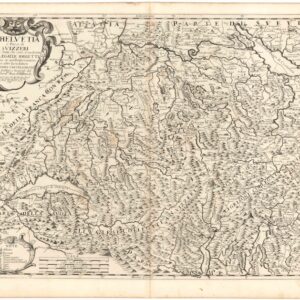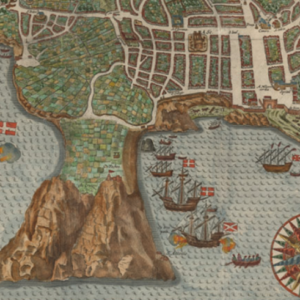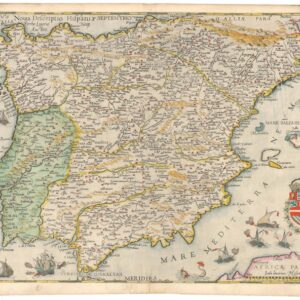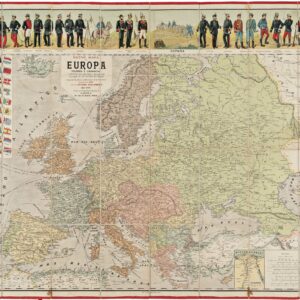Displaying the latest geographic and archaeological knowledge.
Egypt and Arabia Petraea.
$175
In stock
Description
A beautiful c. 1842 map of the Nile Delta, Red Sea, Sinai Peninsula, and environs that appeared in William and Alexander Keith Johnston’s The national atlas of historical, commercial, and political geography.
Focusing on Egypt, the map also takes in portions of Palestine and the Arabian Peninsula. It includes a tremendous level of detail on settlements, rivers, lakes, mountains, oases, and more. Both contemporary (Arabic and some English) and ancient names are noted, especially along the Nile River. The ‘Hajj, or Caravan, Route, from Cairo to Mecca,’ a similar route from Damascus to Mecca, and other roads and routes are indicated. A glossary at the bottom-left provides English equivalents of common Arabic words in place names. The note, near the top-center, about French engineers’ assessments of the relative heights of the Red Sea and Mediterranean presage the construction of the Suez Canal in the following decades, largely through French investment and supervision. The British were deeply opposed to the project as it threatened their dominance of existing trade routes, including the overland route to India, discussed in a caption at left (Muhammed Ali Pasha, discussed below, made a point to improve and secure the route). But the canal’s convenience in providing a faster sea route to India caused their attitude to change in the decades following its construction.
This map dates from the era of Muhammed Ali Pasha’s rule in Egypt, when the territory was nominally under Ottoman rule but independent in all but name. Muhammed Ali crafted a modern and powerful military, which he used to expand in all directions, including against the Ottomans themselves. Though intervention by Britain and other European powers later forced him to retreat from many of these lands, his gains in the Sudan were recognized, and his family was granted hereditary rule over Egypt. This concession proved to be a poisoned chalice, as his heirs were all too sickly, too young, or too incompetent to rule successfully, and by the 1880s, Egypt had effectively become a protectorate of Britain.
Cartographer(s):
William and Alexander Keith Johnston were Scottish brothers based in Edinburgh who operated a prominent map engraving and printing business in the mid-19th century. A.K. Johnston was the driving force behind the business and remained in the world of cartography throughout his life, while William later entered politics, serving as the Lord Provost of Edinburgh and being knighted for his service. Johnston’s maps and atlases earned high praise for their accuracy and comprehensiveness (A.K. Johnston was strongly influenced by Alexander von Humboldt).
Condition Description
Very good. Toning along edges. Light foxing on verso.
References



